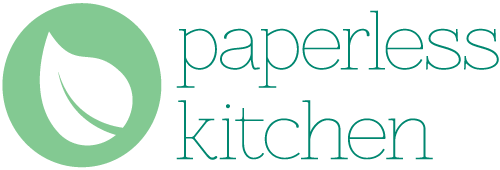PaperlessKitchen Blog
Research Institute Uses Food and Paper Waste fo...
A recent story published in The New Indian Express shows how organizations and institutions can use paper waste to reduce their costs. The Institute of Wood Science and Technology has...
Research Institute Uses Food and Paper Waste fo...
A recent story published in The New Indian Express shows how organizations and institutions can use paper waste to reduce their costs. The Institute of Wood Science and Technology has...
Waste Paper Find Its Way Into the Construction ...
An exciting new development from a project in the European Union shows a promising use for waste paper. The InsulaTFH project has recently unveiled a new type of building insulation...
Waste Paper Find Its Way Into the Construction ...
An exciting new development from a project in the European Union shows a promising use for waste paper. The InsulaTFH project has recently unveiled a new type of building insulation...
LEAFWARE FEATURED ON TOP CHEF
As you may remember from our earlier blog post, we recently added Leafware products to our collection, and so far, many of our customers have discovered how stylish and functional...
LEAFWARE FEATURED ON TOP CHEF
As you may remember from our earlier blog post, we recently added Leafware products to our collection, and so far, many of our customers have discovered how stylish and functional...
Need Another Reason to Ditch Paper Towels? How ...
Phillippe Cousteau recently filmed a very eye-opening special on the Sumatran rainforest for CNN. In "Expedition: Sumatra," Cousteau explored much of the Indonesian rainforest, examining man's impact on the environment...
Need Another Reason to Ditch Paper Towels? How ...
Phillippe Cousteau recently filmed a very eye-opening special on the Sumatran rainforest for CNN. In "Expedition: Sumatra," Cousteau explored much of the Indonesian rainforest, examining man's impact on the environment...
OWN A BUSINESS? YOUR PAPER WASTE MATTERS
Last month, Fast Company wrote a post discussing one of the newest Internet memes--the CVS receipt. The nationwide drugstore chain is notorious for providing ridiculously long receipts at the checkout...
OWN A BUSINESS? YOUR PAPER WASTE MATTERS
Last month, Fast Company wrote a post discussing one of the newest Internet memes--the CVS receipt. The nationwide drugstore chain is notorious for providing ridiculously long receipts at the checkout...
